
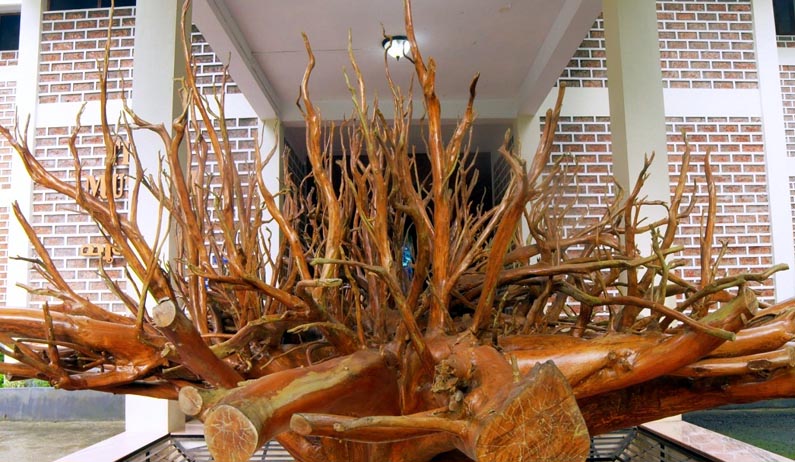
The teak museum is at Nilambur Sub Centre of the Kerala Forest Research Institute campus. It is meant to disseminate information on various aspects of teak, including history, cultivation, management, socio-economics, and uses. The first floor is mainly devoted to exhibits and scientific information and a mini auditorium for audio-visual presentation. A large stump of a 480-year-old teak tree brought from Neriamangalam Forest Range, the excavated root system of a large teak tree, a translator of one of the oldest naturally growing teak trees- the Kannimara teak and logs of the 116-year-old teak tree are some of the magnificent exhibits in the museum.
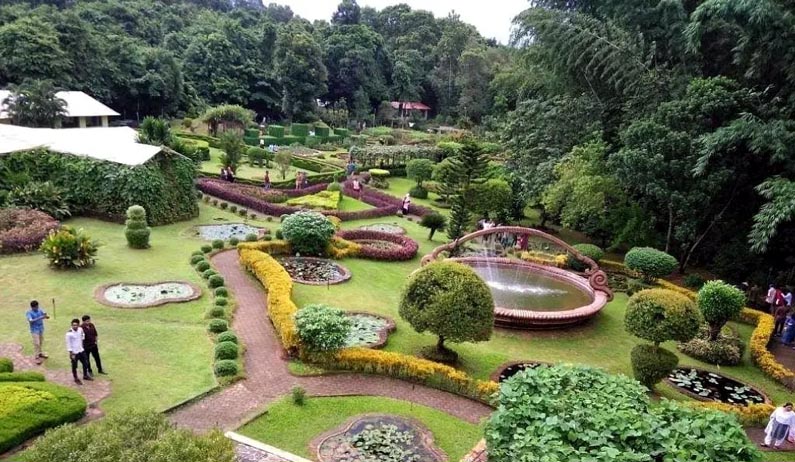
A live botanical museum established in its 40-ha area of the KFRI Subcentre Nilambur provides round-the-year exposure to the public on native biodiversity and its ecological importance. A veritable botany class has been laid out for those interested in experiencing first-hand the different plant groups, such as hydrophytes, xerophytes, ferns, orchids, palms, etc. Visitors can also see the burials of the Megalithic period. It also provides an opportunity to see, acquaint and learn about the State's native plants in one place. It is used by a large number of visitors every day.
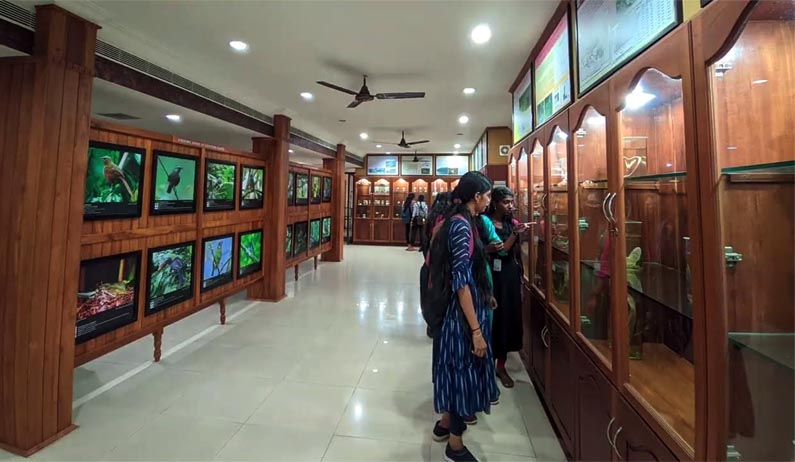
The Wildlife Museum at Peechi Campus is one of the popular destinations with over 3000 visitors annually, including trainees from the forest department, the public and students from various universities and colleges across India. The Wildlife Museum displays the rare specimens of wildlife, which are primarily stored as wet collections, with over 800 specimens collected from various forest areas and reservoirs in the State of Kerala, including about 135 species of fish, 35 amphibians, 76 reptiles, including 41 snakes, 16 species of mammals and several stuffed specimens, collections of wildlife footprints and several invertebrates.
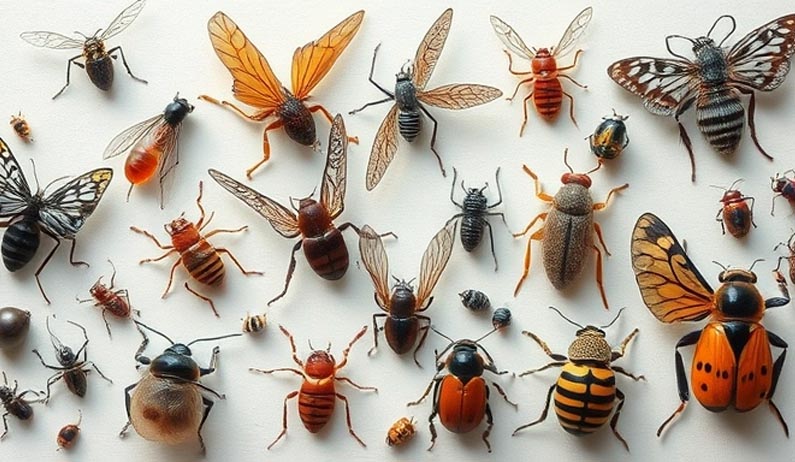
KFRI Insect Repository, located at Peechi Main campus, houses around 41,000 tropical forest insect specimens collected over four decades and is one of the largest entomological collections in India. Of the insects in the collection, 17484 specimens have been identified, and the rest, 22999, remain unidentified. Significant groups represented in the collection are Lepidoptera, Coleoptera, Hymenoptera, Diptera, Odonata, Orthoptera, and Hymenoptera. The insect collection provides identification aids for students and researchers from various colleges and institutions.
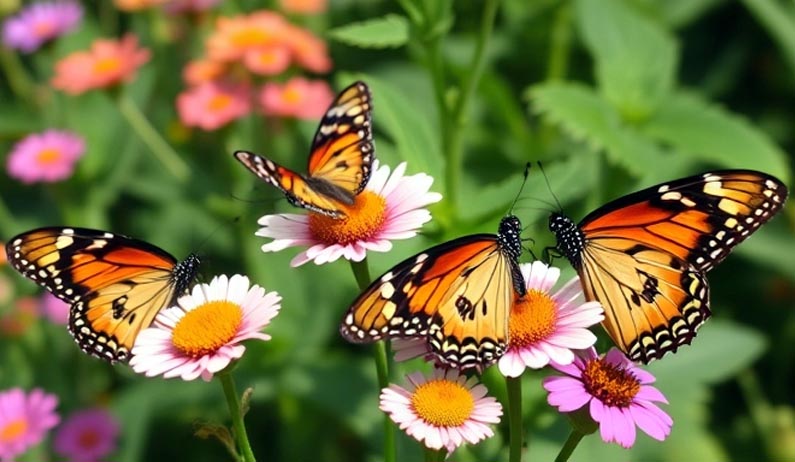
The butterfly garden at the Peechi campus is an open garden with maintained larval and adult host plants. The garden facilitates daily data collection on butterfly visits and the various life stages of several species of butterflies. Close observation of butterfly behaviour and insect photography is being done by professional and amateur enthusiasts in the garden. Some of the butterflies that can generally be seen in the garden include lemon butterfly (Papilio demoleus), southern birdwing (Troides minos), common rose (Pachliopta aristolochiae), light blue tiger (Tirumala limniace), dark blue tiger (Tirumala septentrionis) and common crow (Euploea core).
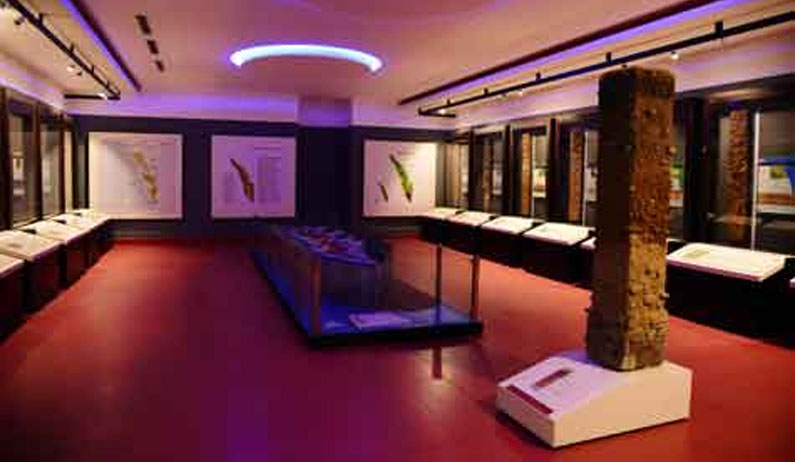
The soil museum on the Peechi campus is unique in the sense that it showcases the diversity of soils in different types of forest ecosystems and is the first of its kind in India. The most important exhibits in this forest soil museum are well-preserved monoliths of forest soils from evergreen forests, Shola forests, grasslands, dry deciduous forests, scrub forests, and degraded forests in Kerala. A monolith is a profile representing the soil typical of a region, with all the essential characteristics preserved intact.
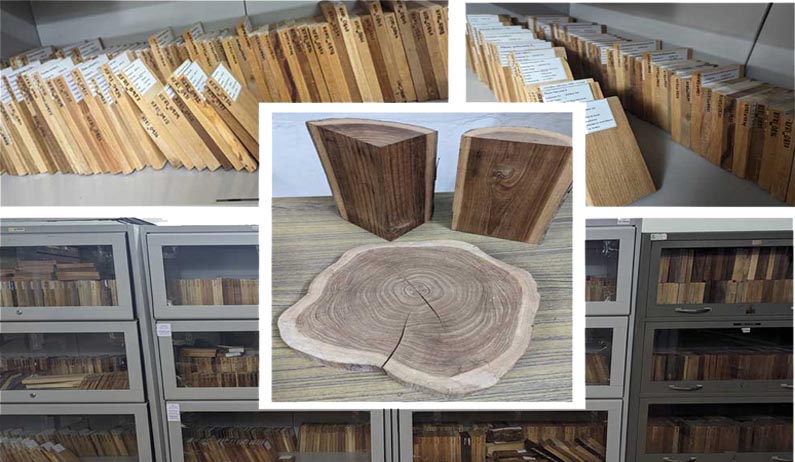
Xylarium is a collection of authenticated wood specimens that is well-curated and accessible to the scientific community. Xylarium at Peechi Campus is mainly intended to display the wood collections for scientific research, teaching, environmental education and other xylarium programmes. Wood collections are primarily of interest to wood anatomists, botanists, and foresters. Still, they hold specimens and information applicable to many different fields, such as antiques, furniture restoration, forensic timber identification, history, ecology, palaeontology, archaeology, conservation biology, dendroecology, climate change studies, etc.
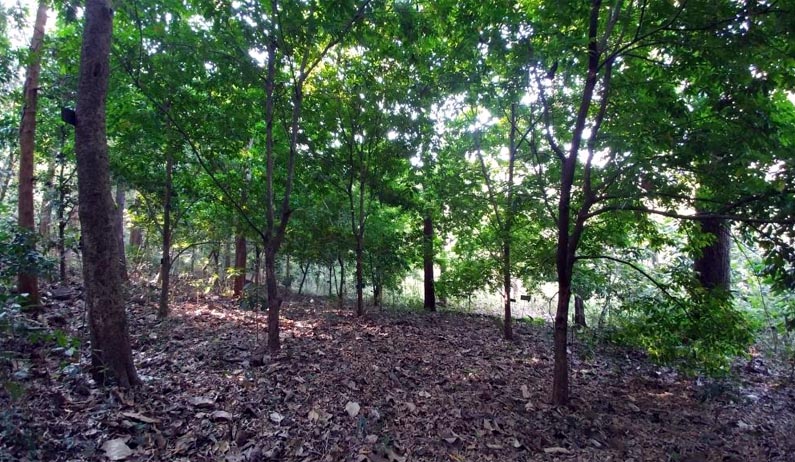
The KFRI Arboretum is a living laboratory, including trees and lianas, which acts as an outreach, teaching, and research facility dedicated to preserving the beauty and ecological functions of our biodiversity hotspot. This internationally recognized Arboretum is located on the Peechi main campus, spread over an area of about 5 hectares. One of the exciting features of KFRI arboretum is the collection of Myristica swamps, the evergreen, water-tolerant trees considered the most primitive of the flowering plants or "living fossils" on earth. The live collection at the KFRI Arboretum is not just a conservatory of rare species but also a testament to our commitment to biodiversity conservation.
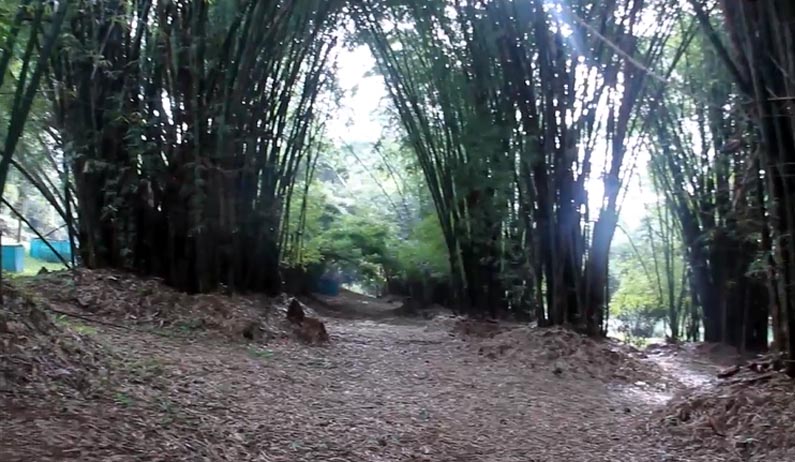
The KFRI Bamboosetum have Seventy-two different species of bamboo; of these, 55 species are in the Field Research Centre, Velupadam, and the remaining eight species are at a high-elevation site in Devikulam. The Bamboosetum also serves as a genetic resource for future crop improvement programmes and forest managers and farmers.
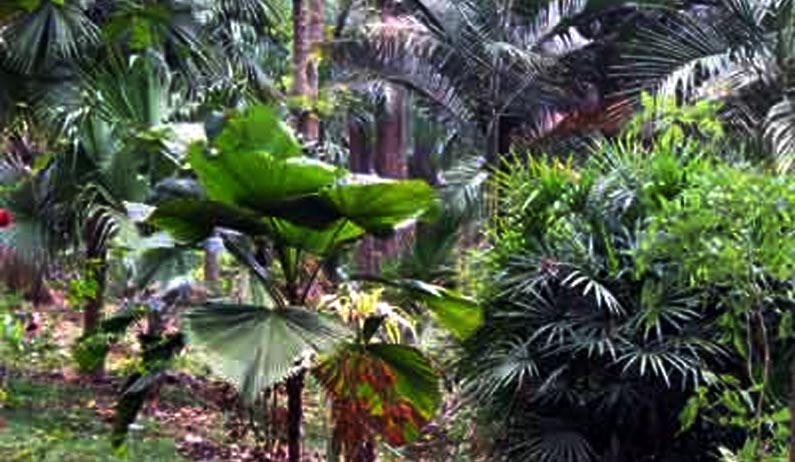
KFRI Palmetum is a live collection of indigenous and exotic palms, which serves as a facility for educating the public about the need for the conservation of palms. KFRI Palmetum was established in Peechi Campus in 2000 and has 145 species of palms under 52 genera. Of these, 80 are indigenous palms, and 65 are exotic species, with 8 species being Critically Endangered, 9 Endangered, 8 Vulnerable and 23 Near Threatened categories as per IUCN standards. Because of their aesthetic value, palms are cultivated for both indoor and outdoor decoration.
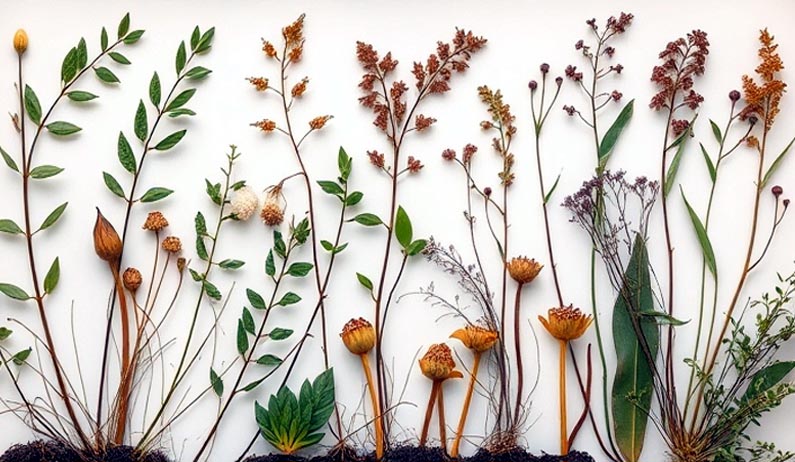
KFRI herbarium at the Peechi campus has a complete collection of medicinal plants in South India and a pan-Indian collection of palms and bamboo, including the Andaman and Nicobar Islands. Now, it holds over 11,074 specimens and is recognized internationally by the acronym ‘KFRI’ by the International Association of Plant Taxonomists (IAPT). The herbarium attracts researchers from all over the state and elsewhere. The medicinal plant garden occupies 0.6 Ha, and around 370 species of live collections are maintained.